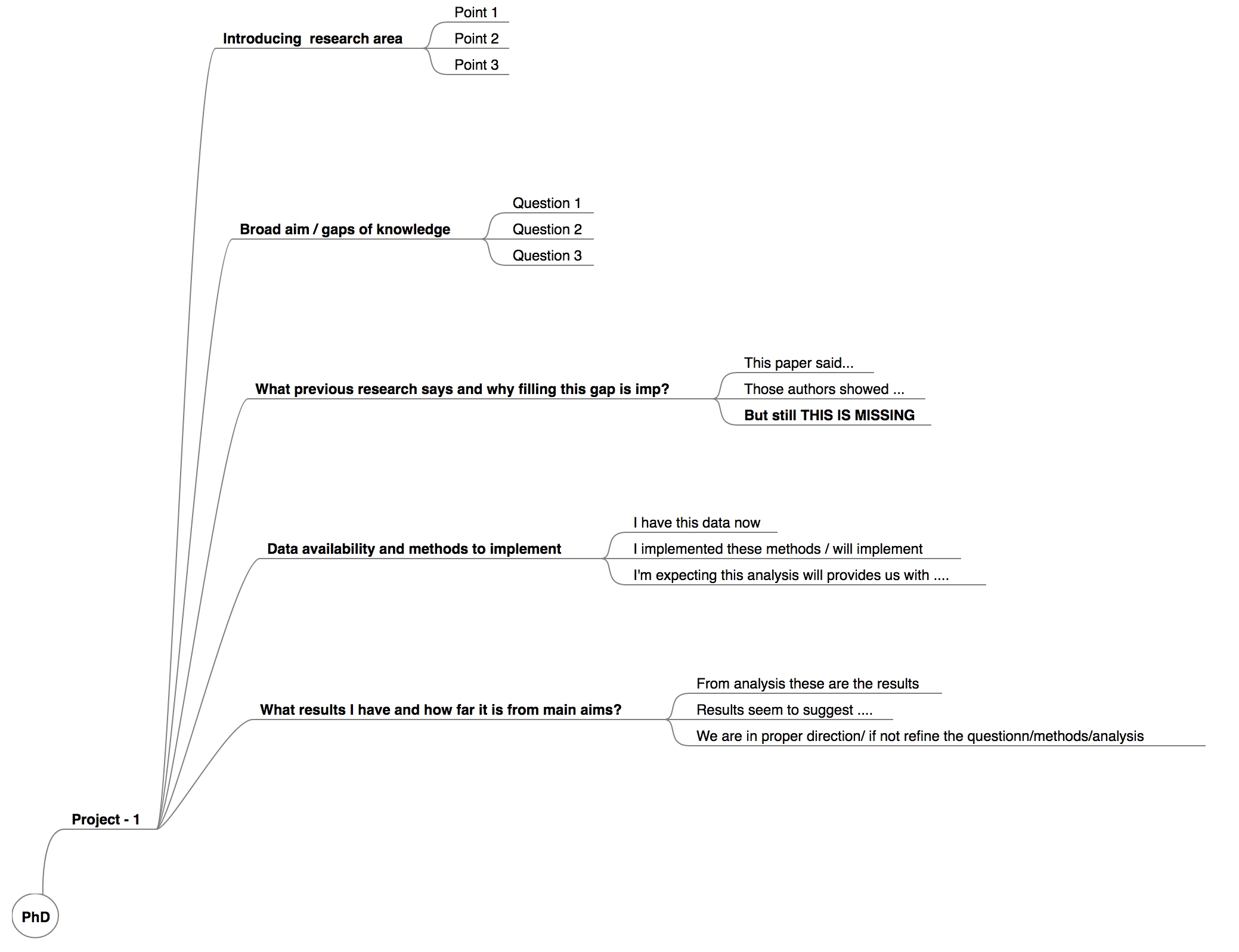Father: Son, How do you eat an elephant ?
Son: One bite at a time.
Exactly. Divide a task into as many micro tasks as possible. So far, this is the best way to trick your brain to achieve massive goals. But why am I saying this? Because, I followed this and it seems working like charm.
Recently, I had to write my 6-8 months PhD progress report which should include my thesis’s main goals, what has been done in past six months including methods I applied and results I got and finally what will be done in near future. If you are a student like me, let’s admit it. WE SUCK AT WRITING. It’s not that I do not like writing,
it’s about the high effort mental process I need to go through
It’s about controlling myself from distractions
It’s about concentrating on one goal for a long time
Sounds familiar ? Welcome to ADHD community.
Evenmore, as a natural human tendency we avoid tasks that burden our unused brains (pun intended). I have friends who say, given a chance they will complete their PhD without writing (don’t say it loud, I also feel same). But we can make writing process more fun, less intense with the “Semantic Tree” approach I described in one of my previous posts. Here is how you can implement.
Draw
Come up with a statement that is most obvious goal of your PhD thesis. For example, finding epigenetic targets of Lung Cancer or designing small molecule to target enzyme X.
You know what my statement was?
“Completing Thesis” (yeah, laugh at me).
Then draw branches from that statement for every major project. For each project-branch draw sub-branches with the following names (below you can find a template)
- Introducing research area
- Broad aim / Goals of the project
- Why filling this gap is important and what previous research says
- Data availability and methods to implement
- What results I have and how far it is from main goals
You will be having more than one project-branch depending on the type of work and projects you are handling.
Fill
Now you are on the track. Under each sub-branch write in bullet points with minimum words what that sub-branch is about. As many points as you can. Remember quality doesn’t matter at this stage but QUANTITY. This also helps in reflecting on your own knowledge of the field. Here is my template

After writing points under each sub-branch, you are few steps away from your first draft. Now connect points under each sub-branch to write paragraphs. Yeah, that’s how it works for most cases.
Idea -> words -> sentences -> paragraphs -> whatever ..
Write paragraphs for each of the sub-branch. As much information as you can. Keep in mind, a completed first draft is a good first draft. This first draft serves many purposes.
Did you understand completed does not necessarily mean final?
Congrats! You have your first draft. Now have a coffee.

Edit
Now start reading from the beginning. Take your audience into account. If this report will be read by professionals in the field you don’t need to be too descriptive about every context you described. Consider following two scenarios
Scenario - 1
I bought colors, painting brush and canvas. Then I drew an outline of what I want to paint. Following the outline I made this beautiful painting.
Scenario - 2
I drew an outline and followed it to make this beautiful painting.
Scenario - 1 should be for general audience and Scenario - 2 should be for professionals in the field.
Got the difference ?
After this editing, read your report one more time, check how the flow is, make sure you are not jumping from A to C without talking about B. Add or remove some of the sentences where you feel they are not fitting. Spend sometime to include scientific jargon and to remove layman sentences. You know why this is important, right?
I wrote my report with this method. Believe me, it takes a very short time.
Happy writing !
